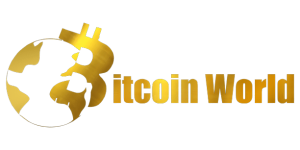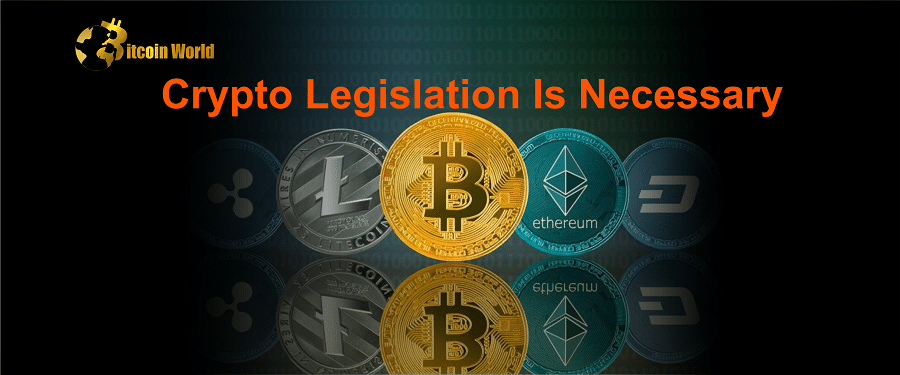The Bank of Korea recommended introducing an IEO system for cryptographic assets and reviewing stablecoin foreign exchange transaction legislation.
The Bank of Korea’s Financial Settlement Bureau’s electronic finance investigation team produced a paper titled “Key Issues and Legislative Direction Related to Crypto Asset Regulation” on the 5th. The research suggests creating a “exchange disclosure” that restricts cryptographic asset issuance to exchange-approved assets. Instead, issuers cannot explicitly disclose cryptographic assets to raise cash.
The exchange examines the issuer’s people, technology, financing, and strategy before selling crypto assets to investors, safeguarding investors. “As the project assessment ability and process of a crypto asset exchange are vital when launching an IEO, exchanges need to adopt screening criteria and processes,” the study instructed.
The research suggested discussing applying foreign exchange restrictions to crypto asset trading. Because cryptographic asset and global stablecoin cross-border transfers are growing. Thus, the Foreign Exchange Transactions Act must define cryptographic asset purchase funds and rights trading as capital transactions. I believed we might also examine applying the Foreign Exchange Transactions Act to local global stablecoin operations.
The research advocated a specific regulation to safeguard investors, require crypto asset issuers to publish white papers and reveal external accounting audit findings, and establish critical components in white papers. Stablecoin issuers and service providers must clarify reserve asset kinds and assessment techniques since they are likely to be utilized as payment. Thus, when the obligation of explanation is not met, damages should be stated and unfair trade activities including insider trading, market manipulation, and illegal trading should be regulated. The paper also split stablecoins into “single currency-based” and “asset-based” and offered a mechanism to ensure cryptographic asset holders the right to redemption and preferred payback.
The crypto asset exchange like a stock firm must be registered and authorized, needing soundness standards including capital requirements and frequent external audits. To reduce risk transfer to the payment and settlement system, issuers of stablecoins and other value-stabilized crypto assets should be limited. It implies banks and e-money companies must fulfill specific criteria to enter. He noted that issuers require minimum capital and qualifying reserve assets.
Business activity regulation advised preventing conflicts of interest against crypto asset traders and mandating trading platform operating requirements such an internal control system. To achieve this, client assets, reserve assets, and concurrent management were separated. As under the EU’s Cryptocurrency Regulation, stable value crypto assets must be interest-free to work as a payment method (MiCA).
The financial authorities supervise cryptoassets, but the central bank must actively supervise value-stabilized cryptoassets. The “Bank of Korea Act” governs the won-based stablecoin system’s surveillance role. To maintain autonomous currency issuance and monetary policy execution based on the Central Bank Act, the Cryptocurrency Regulation Act should exclude central bank digital currency (CBDC).
The paper described a cryptographic asset as a token of electronic value or rights stored and exchanged using distributed ledger technology or equivalent technologies. Cryptographic assets store value and trade. The paper recommended regulating cryptographic assets (securities tokens) having securities features under the Capital Market Act, not the special statute. Utility tokens should be controlled.















